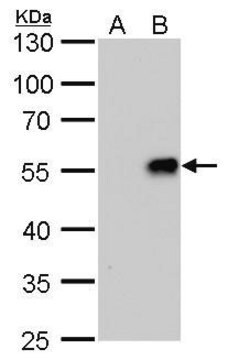MAB8256
Anti-Influenza A Antibody, H1N1 Antigen, clone 9B3.2
ascites fluid, clone 9B3.2, Chemicon®
About This Item
Produits recommandés
Source biologique
mouse
Niveau de qualité
Forme d'anticorps
ascites fluid
Type de produit anticorps
primary antibodies
Clone
9B3.2, monoclonal
Espèces réactives
human
Fabricant/nom de marque
Chemicon®
Technique(s)
immunofluorescence: suitable
Isotype
IgG2a
Conditions d'expédition
wet ice
Spécificité
• Reacts strongly with all H1N1 strains tested including Beijing, A/ Texas /36/91, A/Berkeley/1/98, A/HongKong/503/97, A/Nanchang /16A/98,A/PR/8/34, New Caledonia strain, and A/California/7/2009.
• No reactivity shown to Influenza B strains.
Immunogène
Application
Infectious Diseases
Infectious Diseases - Viral
Forme physique
Stockage et stabilité
Informations légales
Clause de non-responsabilité
Not finding the right product?
Try our Outil de sélection de produits.
Code de la classe de stockage
10 - Combustible liquids
Classe de danger pour l'eau (WGK)
nwg
Point d'éclair (°F)
Not applicable
Point d'éclair (°C)
Not applicable
Certificats d'analyse (COA)
Recherchez un Certificats d'analyse (COA) en saisissant le numéro de lot du produit. Les numéros de lot figurent sur l'étiquette du produit après les mots "Lot" ou "Batch".
Déjà en possession de ce produit ?
Retrouvez la documentation relative aux produits que vous avez récemment achetés dans la Bibliothèque de documents.
Notre équipe de scientifiques dispose d'une expérience dans tous les secteurs de la recherche, notamment en sciences de la vie, science des matériaux, synthèse chimique, chromatographie, analyse et dans de nombreux autres domaines..
Contacter notre Service technique




